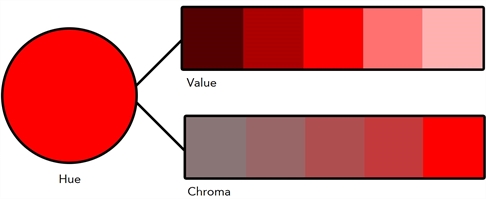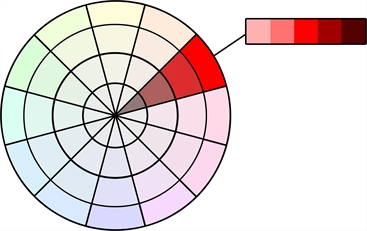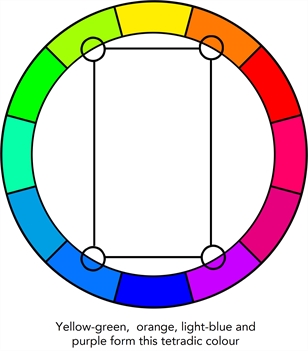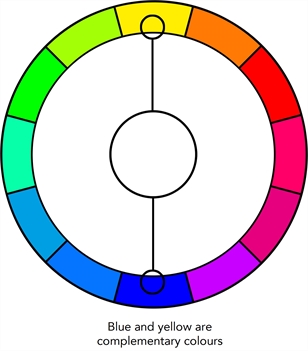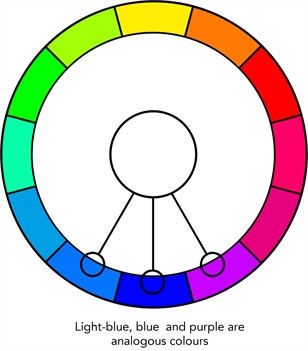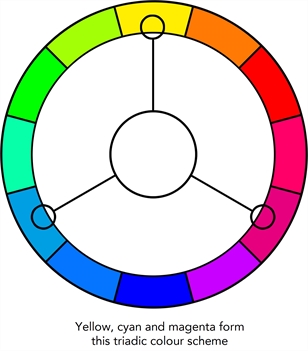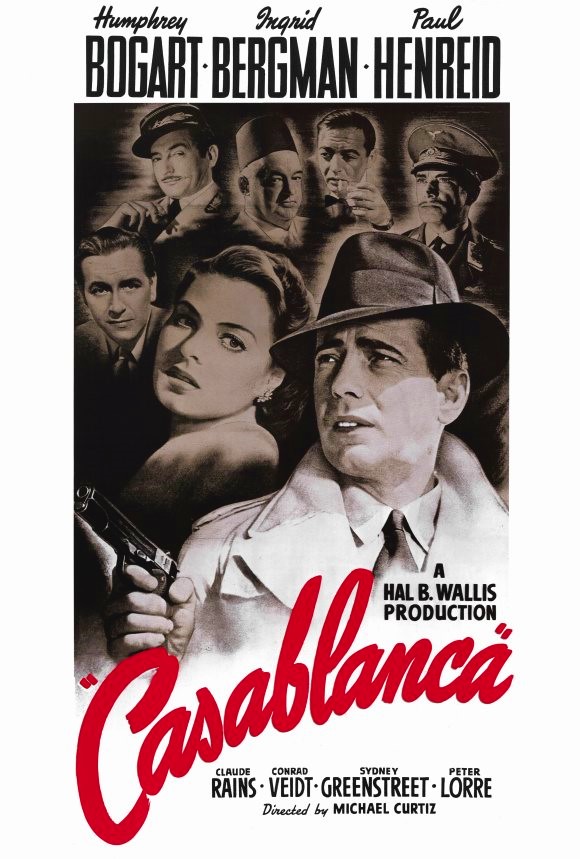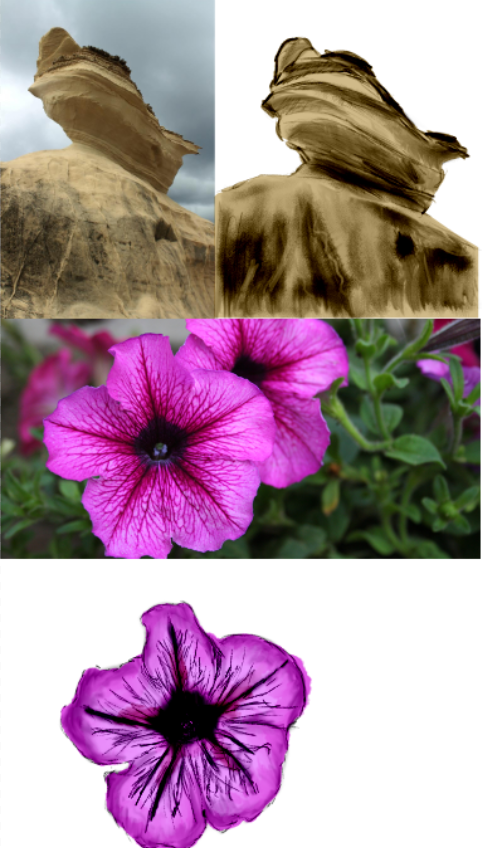Beats can show the most important moments in the story, they can show what is happening in a film in its simplistic form.
Here is an example with one my favorite films, Star Wars Episode 3: The Revenge of the Sith in a Story spine format. I've colourised the spine to identify the acts:
- Once upon a time in a galaxy far, far away there was a Jedi knight named Anakin Skywalker.
- Every day he would serve under the Jedi order under the guidance of his master Obi Wan Kenobi. He would also seek guidance from his Friend, Senator Palpatine and live with his wife, Padme Amadala.
- Until one day, after the battle of Coruscant, He was scared that his now pregnant wife was going to die after a vision/nightmare. He was also granted a seat on the Jedi council but not the rank of Jedi Master, which hasn't been done in the history of the Jedi. And he had to spy on Palpatine for Treason.
- Because of that Anakin was angry against the Jedi, he found it insulting that he was not on the council and that he had to spy on his friend for them.
- Because of that Anakin didn't ask the Jedi for help when he needed it most because of his inner conflictions and the fear that he would lose his wife in the near future. And ended up talking to Palpatine more (who was secretly a Sith lord)
- Because of that (And many other things) He was manipulated and he turned to the Sith, became Darth Vader and slaughtered the Jedi Order in Order 66.
- Until finally he was met on Mustafar by his former master, Obi Wan, who was trying to convince him that he was meant to destroy the dark side, not join them. He failed, and had to stop Anakin by force. Anakin also loses Padme, essentially killing her by heartbreak
- The Moral of the Story is...... either don't be a Jedi, or talk to the right people for your problems. Character wise however I can say that Anakin needed to overcome his fear of losing Padme and control his anger of everything the Jedi had done to him, but in the end it got to him, turned him evil and killed the woman he loved.
Characters that we care about
Anakin Skywalker and Obi Wan Kenobi
We care about these characters because they are the first characters we see when we go into this movie. and if you have seen the Phantom Menace and Attack of the Clones, you would also been very familiar with the character already. The mission there on is also pretty heroic because they are trying to save the life of Senator Palpatine, and we see them succeed in this first act. Then we see Anakin get the news of him becoming a potential father and we feel happy for him. Then we witness him get the bad news from the council and we feel bad for him. Then we see Anakin fall and it is a tragedy. Obi wan then be come the Protagonist and Anakin becomes the Antagonist. And we see both sides of the Jedi/Sith conflict. the battle of heroes (Battle on Mustafar) becomes the tragic end for both characters. The person that was Anakin dies on Mustafar and what remains has turned into Darth Vader, and the person that was Obi wan also dies because of the loss of Anakin, and walks away as Ben Kenobi.
Where and when does the story take place?
In an Galaxy far, far away, at the end of the clone wars.
How do we learn what type of movie it is?
We can get a taste of what its about in the beginning of the film where Anakin has defeated Count Dooku, Obi wan is Unconscious and Papatine is impressed with Anakin's skill and presides to taunt Anakin to kill him, in which he does, even though he states himself that it not the Jedi way.
What is the Inciting Incident?
When Obi Wan is seperated from Anakin at the end of the Battle of Coruscant in act one. As soon as this happens the build up to Act 2 begins.
Who are the Antagonists?
There are multiple antagonists in Revenge of the Sith, with a new antagonists every act.
In act 1, The antagonist is Count Dooku and General Grevious
In act 2, the antagonists are General Grevious and Palpatine
In act 3, Its Palpatine and Anakin Skywalker
What are the wants in Act 2?
Anakin wants to protect Padme from her determined fate
Obi wan wants to defeat General Grevious as he is one of the last major threats of the CIS
What was the no turning back point?
When Anakin chops of Mace Windus Hand
What was the low point?
When Order 66 is executed, and the clones start firing.
What did the characters learn at the end of the second act?
Anakin learned that the only way to save his wife was "joining the Dark Side"
Obi Wan learned of the attack on the Jedi temple and learned that Anakin was involved.
In Act 3, what is the crisis
Obi Wan needs to Stop Anakin Knowing that he might have to kill him.
How is it resolved?
Anakin is left for dead on the surface of Mustafar with no legs, burning alive, by Obi Wan. Obi Wan could not kill him, took his lightsaber and left.
Was the Character arc emotionally satisfying?
I believe that they were, Anakin's was definitely tragic, and Obi Wan's character arc was even sad, everything he had lived by basically turning on him at the blink of any eye. I believe if it was a happy ending, the character arcs wouldn't have gone anywhere.
